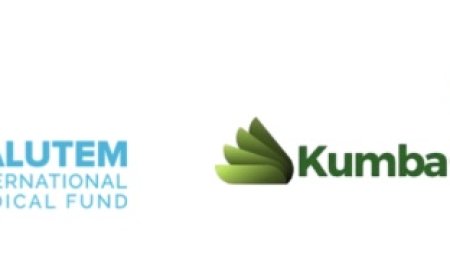Regional Progress Review Meeting for Scaled Up Peer-Led HIV Service Delivery Model Kicks Off In Zimbabwe

By Michael Gwarisa
Thirteen African countries are in Zimbabwe for a three-day consultation meeting to deliberate on the progress and gaps in the scaled-up Zvandiri peer provider model toward ending AIDS in children and adolescents.
Zvandiri is implementing the Zvandiri model in Zimbabwe in partnership with the Ministry of Health and Child Care (MOHCC). The program is a comprehensive, peer-led program focused on children, adolescents, and young adults living with HIV aged 0-24.
The peers, known as community adolescent treatment supporters (CATS), are people living with HIV (PLHIV) aged 18–24 years who are trained and mentored to support their peers throughout the HIV care continuum through support groups, home visits, phone call reminders, and messages.
The program was launched in Zimbabwe in 2004 and is now being implemented in 14 African countries namely Mozambique, Zimbabwe, Zambia, South Africa, Tanzania, South Sudan, Eswatini, Nigeria, Ghana, Cote d’ Ivore, Rwanda, Namibia, Uganda and Angola.
Officiating on behalf of the Ministry of Health and Child Care Permanent Secretary, Dr Aspect Maunganidze, Harare Metropolitan Province Provincial Medical Director, Dr Innocent Hove said Zimbabwe has witnessed tremendous progress at the back of the Zvandiri model.
Our Zimbabwean model, Zvandiri, has been developed, scaled, and evaluated over the past 20 years, and stands as a testament to this approach. We take pride in the impactful work of Zvandiri’s peer counselors Community Adolescent Treatment Supporters and Young Mentor Mothers who are making significant contributions to the health and well-being of young people throughout Zimbabwe,” said Dr Hove.
He added that the model has also influenced global policy, guidelines, service delivery, and resource allocation.
“To demonstrate the value we place on this cadre, Zimbabwe has been directly financing it for the past five years. While HIV testing, treatment, and care are essential to achieving this goal, we also recognize that young people themselves are a critical part of the solution. Peer-led services are a vital strategy for achieving this goal and ensuring high-quality, adolescent-friendly health services. The WHO recommends scaling peer-driven adolescent HIV models for all young people living with HIV.”
He said the gains achieved are not shared equally as globally, 2.4 million children and adolescents living with HIV (CALHIV) face stark disparities in healthcare access, particularly regarding life-saving antiretroviral therapy (ART). In 2023, an estimated 55% of adolescents living with HIV were on ART, compared to 76% of adults. Furthermore, only 48% of adolescents on ART achieved viral suppression. In contrast to 79% of adults.
Adolescents continue to experience the highest rates of treatment attrition, failure, morbidity, and mortality compared to both children and adults.
Dr Tsitsi Apollo, the Deputy Director AIDS and TB Unit in the Ministry of Health and Child Care said children remain disproportionately affected with 50% of them not being viraly suppressed.
“If you follow through, you see that in terms of viral suppression, few of these children have managed to achieve viral load suppression compared to the elderly. And also studies have shown that children had high risks of poor mental health, especially depression and anxiety. And therefore, this Zvandiri model really comes in to help us close this gap,” said Dr Apollo.
Meanwhile, the Zvandiri model has also influenced global policy, guidelines, service delivery, and resource allocation. Zimbabwe has been directly financing the Zvandiri model for the past five years.
Dr Precious Andifasi, the NPO HIV and Viral Hepatitis Treatment Care and Support in World Health Organisation (WHO) Zimbabwean office said Africa was not doing well regarding HIV services from children.
“In Eastern and Southern Africa, we have an estimated 930,000 children living with HIV, according to our 2023 estimates, and if you look at Western and Central Africa as well, the figures are infinitely high. We have a designated 400,000 children who are 15 years designated to be living with HIV,” said Dr Andifasi.
The new infections again is Eastern and Southern Africa and Western and Central Africa are topping at 58,000 and 51,000 new infections respectively.
The post Regional Progress Review Meeting for Scaled Up Peer-Led HIV Service Delivery Model Kicks Off In Zimbabwe appeared first on HealthTimes.
















